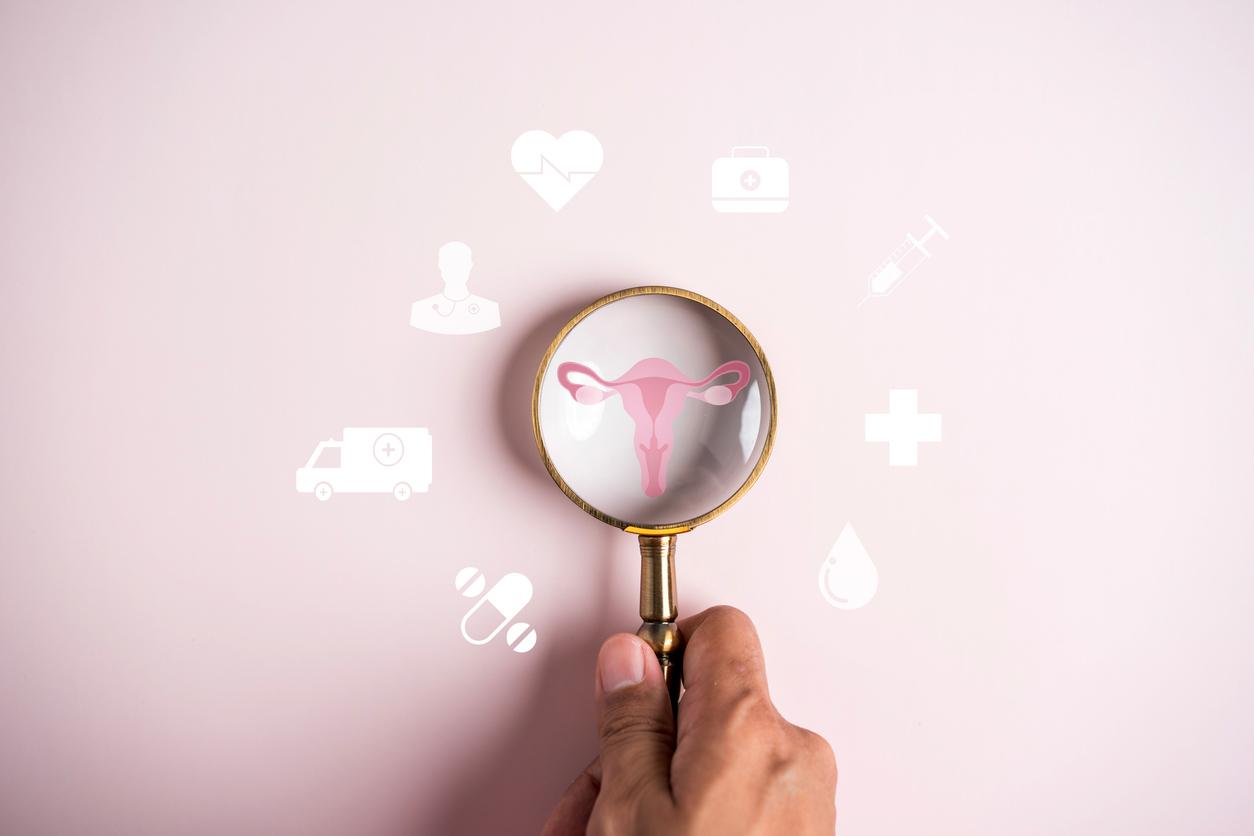About 1,700 cases of breast cancer are attributable each year in France to exposure to atmospheric pollutants.

- Breast cancer is the most common cancer in women.
- Age-standardized 5-year net survival improves over time. It went from 80% for women diagnosed between 1989 and 1993 to 87% for those diagnosed between 2010 and 2015.
Air pollutants not only increase the risk of lung cancer, but they could also be a risk factor for breast cancer. This is revealed by a synthesis of the international literature carried out by researchers from Inserm, CNRS and the University of Grenoble Alpes. They were published in the journal Environmental Health Perspectives.
According to available data, approximately 1700 cases of breast cancer are attributable each year in France to exposure to atmospheric pollutants. Among the three main pollutants studied, it is for nitrogen dioxide that the level of proof is the highest.
Nitrogen dioxide implicated
Certain atmospheric pollutants are recognized as carcinogenic by the IARC (International Agency for Research on Cancer); this recognition is linked to their demonstrated effects on lung cancer. “However, for several years, epidemiological studies have suggested that atmospheric pollutants could also influence the occurrence of breast cancer, which is the most common cancer in Europe”, explain the researchers in the preamble.
Nitrogen dioxide is mainly emitted by combustion processes of fossil fuels, such as those of thermal engines of vehicles and district heating. The estimated effect of nitrogen dioxide was higher for hormone-dependent breast cancers (whose tumors express estrogen and progesterone receptors), “although not all studies could consider this criterion”, say the scientists.
Two other pollutants in question
For the two other pollutants considered (PM10 and PM2.5), the level of proof was lower, without it being possible to exclude a harmful effect. “Performing a large meta-analysis such as this is an approach which has the advantage of synthesizing all the scientific literature on the question, and therefore of obtaining particularly robust results. In this case, for nitrogen dioxide , the analysis focused on a set of 36 studies totaling more than 120,000 cases on 3.9 million subjects”, emphasizes Rémy Slama, director of research.
Breast cancer is one of the cancers whose risk factors are best known, such as those linked to genetics, reproductive life (for example the age of the first period), alcohol consumption and probably environmental factors (especially those disrupting the estrogenic axis). 
.
















